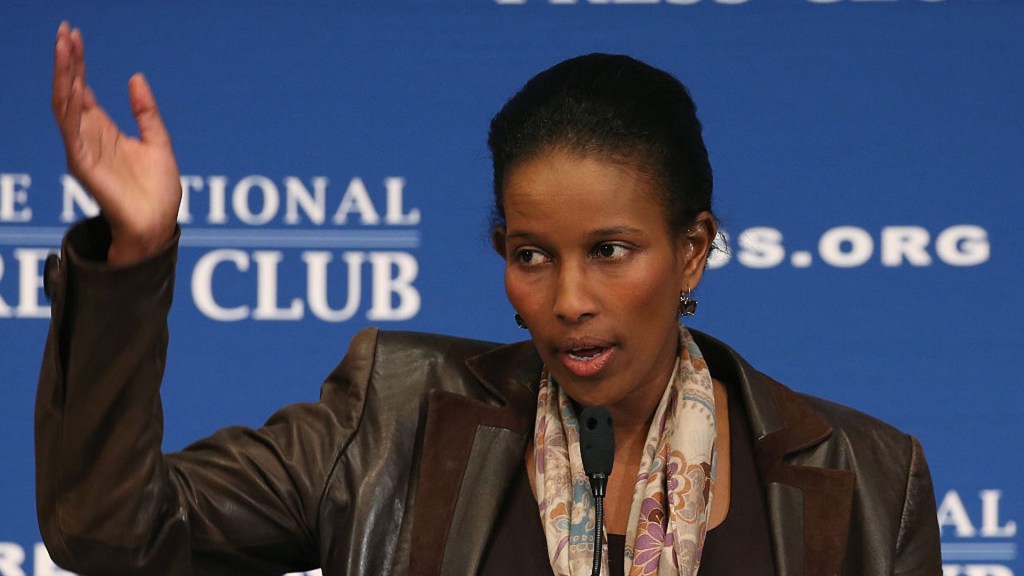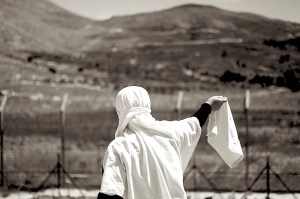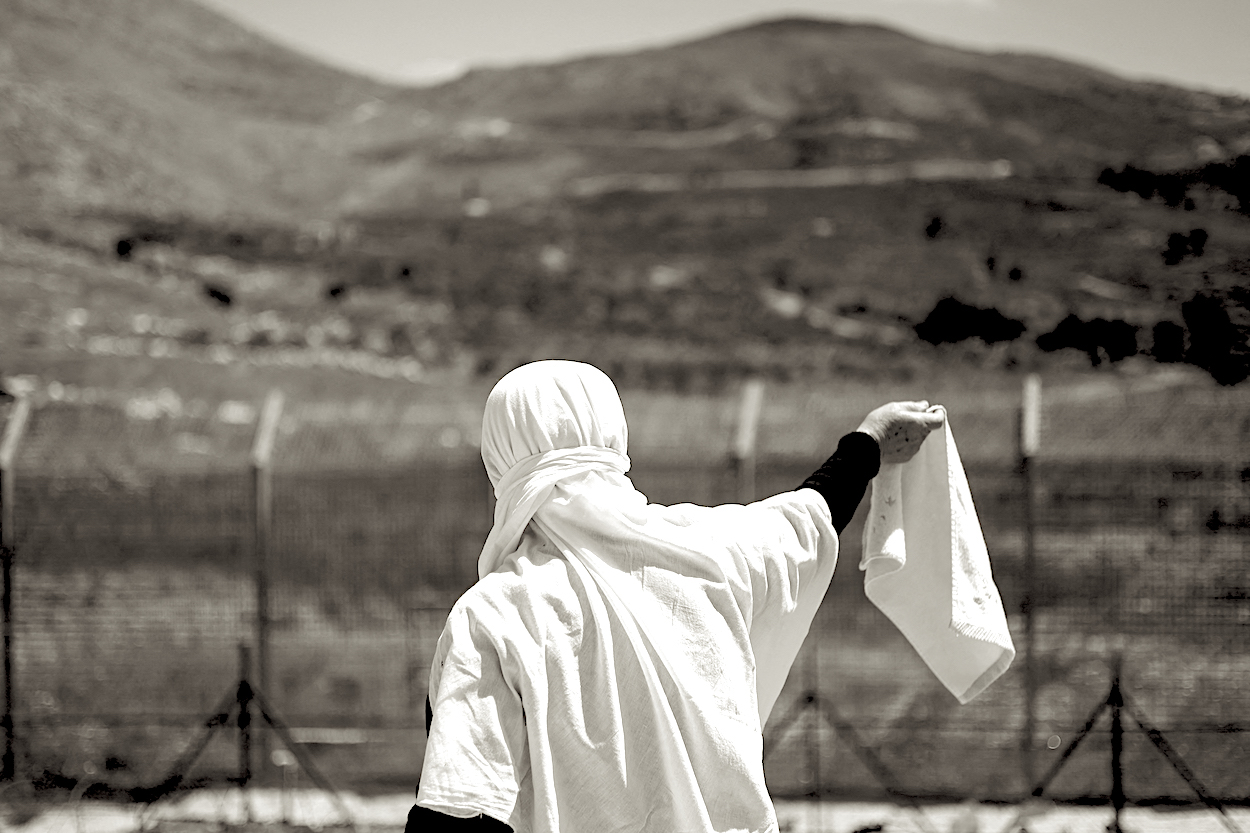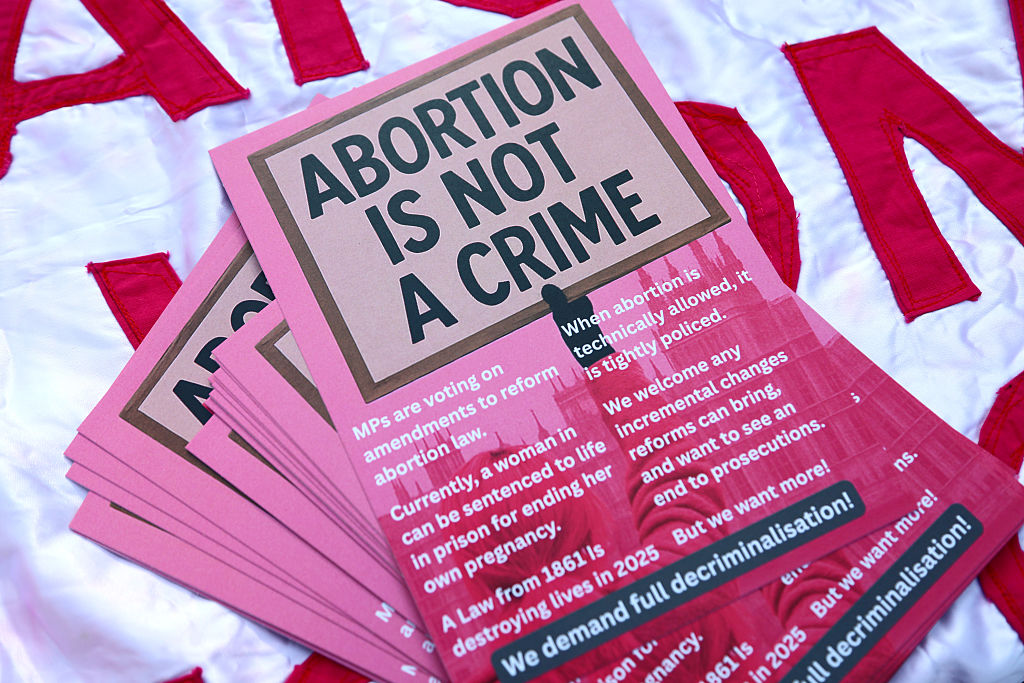Ayaan Hirsi Ali is not an easy person to cancel. She has survived the brutal murder of her colleague Theo van Gogh, lived through more than two decades of serious threats to her life and fled more countries than many people have visited. Perhaps it is for these reasons, rather than in spite of them, that she generates such hatred from what used to be called ‘liberal’ quarters.
Hirsi Ali has a new book out this week. Prey is a forensically detailed, careful and brave analysis of (as the subtitle says) ‘immigration, Islam and the erosion of women’s rights’. It looks at questions that most people turn away from: horrors that result from the mass immigration into Europe of recent decades. Horrors like the one which Britain euphemistically describes as the ‘grooming gangs’ problem.
Prey is a clear-sighted book, filled with what data is able to be gathered from numerous Western countries which have been careful to do anything other than collect data on such questions. Hirsi Ali’s conclusions are far from outrageous. They are moderate, detailed and in line with what sensible public opinion would agree with in almost every country.
Unfortunately sensible public opinion is rarely aired because a small group of left-wing boundary-beaters have spent the last twenty years trying to ensure that none of the news, data or debate around this is ever had out. For the last 20 years all Western European countries have circled around the consequences that mass immigration from Muslim societies can bring. But thanks to these would-be censors many people, including politicians who might make a difference, find that the price of entering the debate is offputtingly high.
A pattern has emerged in which whenever somebody raises the issue of whether or not there are any consequences that result from importing large numbers of mainly male migrants from culturally — ahem — different cultures, the person raising the question is accused of being ‘far-right’ or bigoted. If they are white they are called ‘racist’. If they are black they are called the same thing and more.
Occasionally there is talk of needing to at some point address these questions in a ‘responsible’ fashion. But the long-awaited day never comes, and in the meantime whenever anybody attempts to address these questions ‘responsibly’ the same routine applies. A small coterie of left-wing and Islamist activist boundary-beaters pop-up to ensure that the discussion is suppressed once more.
In recent days, this formula has again been employed against Ayaan Hirsi Ali. As soon as her book came out, the New York Times published a characteristically inaccurate hit-piece to try to kill it at birth. Speaking engagements — even virtual ones — involving Hirsi Ali came under sustained pressure to cancel. The Council on American-Islamic Relations and other Muslim groups started to campaign against the book. And figures like an obscure communist activist called Maryam Namazie, who claims to campaign against Islamism, found common cause with the Islamists in trying to take-out Hirsi Ali. In the latter case, Hirsi Ali was berated for having views that are ‘regressive’, as though one must have ‘progressive’ communist views or have no views at all.
But in the scheme of things, it is the New York Times whose campaign against the book will register with the most. And so it is worth showing just how false and agenda-laden that piece — written by one Jill Filipovic — actually is.
Throughout her review, Filipovic seems intent on using Hirsi Ali’s personal story against her. For instance, she calls Hirsi Ali ‘an asylee who calls for an end to asylum as we know it.’ It is a strange weapon to use against Hirsi Ali, as though the author of ‘Prey’ has tried to cover-over her own story. Far from it, here is Hirsi Ali in the book under review:
‘As an immigrant and former asylum seeker of Somali origin, I am for immigration. I have no objection to people packing up their possessions and leaving their homes to try to improve their circumstances. I completely understand why they would wish to do so because I did it myself. My concern is with the attitudes some bring with them, with the behaviors that these attitudes generate in a minority of migrants, and with the seeming inability of Western countries to understand how to cope with the resulting problems. In fact, the West is failing migrants by refusing to prepare young men for the culture clash they will experience and then by refusing to hold them accountable for their lack of self-control.’
Did Filipovic not make it to page 162 of the book she was paid to review? Or did it just not fit her own — and her employer’s — desire to dismiss Hirsi Ali?
Similar errors occur throughout Filipovic’s slurry little effort. For example, she writes of Hirsi Ali:
‘Her proposed solutions include ramping up policing, harsher criminal penalties and intrusions into personal privacy. Even as she says she has “thought deeply about the seeming paradox of using illiberal means to achieve liberal ends,” she ultimately decides that the ends indeed justify the means — even ‘privacy-obsessed Germans,’ she posits, could be persuaded to accept the use of video surveillance, artificial intelligence and facial recognition technology in ‘troubled neighborhoods.’
As it happens, this summary doesn’t remotely fit the contents of the book in question. Because it is inconvenient to the task in hand, Filipovic once again conveniently omits Hirsi Ali’s constant criticisms and questions of tools including surveillance technology. So Filipovic moves around Hirsi Ali’s quotes in order to misrepresent her arguments. On page 264 of Prey, Hirsi Ali writes:
‘It is not only authoritarian governments such as China’s that can use CCTV, facial recognition technology, and artificial intelligence to monitor their populations. To a remarkable extent, security in the United Kingdom, as well as in Israel, already depends on such camera-based surveillance. Such solutions may seem unpalatable to privacy-obsessed Germans, but a case for their limited use in troubled neighborhoods can surely be made. When citizens in Tübingen were asked by the metropolitan government whether they were willing to accept video surveillance and increased policing in exchange for greater safety, they overwhelmingly agreed. Technology has a role to play. But there is no substitute for humans with expertise. National and regional police forces need special units dedicated to the protection of women and girls, not to mention Jewish communities, LGBTQ communities, and the dissidents of Islam.’
Again, did Filipovic not make it this far? Does the NYT fee not include any insistence that the reviewer hired to perform the hit-job actually reads to the end of the book in question? Apparently not.
Elsewhere, Filipovic writes:
‘Hirsi Ali suggests scrapping the current asylum program, which offers safe harbor to those facing persecution.’
Whereas Hirsi Ali does no such thing. On page 209 of Prey the reader can read of her desire for a reformation of ‘migration and integration policies…set up to fail’.
And on page 256 she writes:
‘I have been a beneficiary of the asylum system and of a successful integration program. I have emigrated twice in my life. I would be a monstrous hypocrite if I lent support to the proponents of deportation and immigration restriction. What I want to see is many others like me enjoying the same opportunities that I enjoyed and contributing, as I believe I have, to the health of the West’s open societies. But without drastic reforms of Europe’s immigration and integration systems, that is not going to happen.’
On page 258 Hirsi Ali says:
‘The global asylum and refugee system is no longer fit for its stated purpose. As a beneficiary of that system, I do not make such a statement lightly. But the reality is that this outdated asylum system can no longer cope with the challenges posed by mass violence and global migration today.’
Most mainstream politicians across Europe (from the political left and right) would agree with this statement. Only a far-off and out-of-touch observer at the NYT, unbothered by any of these real-life problems, would pretend that such issues do not exist apart from in the imagination of the author she has been hired to smear.
Again, on page 259:
‘As someone who has been through the asylum system and translated for dozens of other asylum seekers, I understand the appeal of using asylum as a legal basis for migration. But what is wrong with being an economic migrant in search of a better life? It is clear that we need to change the artificial classification that differentiates between asylum seekers, refugees, and economic migrants.’
Very occasionally, Filipovic tries to pretend that her own view of Hirsi Ali is fair and balanced. At one point she grudgingly describes her as ‘a steely woman of great intelligence’. Once she even concedes that Hirsi Ali might be onto something:
‘Even a reader like myself — a reader who delights in a little happy blasphemy, yearns for greater secularism and unapologetic atheism, and welcomes the skewering of misogynist fundamentalists of any religion.’
But of course the reviewer finds a way to let herself off the hook, by attempting to stand equidistant between Hirsi Ali and the fundamentalists who she is critiquing. Filipovic writes:
‘Like the fundamentalist religious views she and I both detest, Prey is too absolutist to be credible.’
All of which leaves a number of questions to this reader. Not just why Filipovic seems to have read a different book from the one she was hired to review, but what exactly people like Filipovic think the answer to the problems described by Hirsi Ali actually are. Do they exist? If so what is one to do about them, other than shut down people who speak about them? The reviewer claims to dislike fundamentalist religious views, but she dislikes even more anybody who criticizes such views.
I wonder what the explanation could be? But here I will take a leaf out of the NYT’s book, and look for the simplest and most hostile explanation possible. In this fashion, one possibility does spring to mind. A possibility produced by the organ that Filipovic is writing for.
In recent times, the NYT has had a terrible problem — more so than any other mainstream publication — of racism among its staff. The publication has hired writers who make overtly racist comments (Sarah Jeong) and fired other people for allegedly using racist terminology.
I don’t know why the NYT can’t get through a month without an internal racism scandal, but I begin to desire to take it by its own lights and simply accept that the paper in question has a racism problem. And I suppose that a piece like Filipovic’s must be read in this light.
Filipovic seems to think that because Ayaan Hirsi Ali is a black immigrant of Muslim origin she must say only one set of things. When she says a different set of things she must have words put in her mouth by America’s former paper of record. That paper must then muffle the woman’s opinions, defame her and otherwise unvoice her. These have all been tropes in the history of racism. And I suppose that the history of racism is alive, well and continuing at the New York Times. Under the guise of ‘anti-racism’, obviously.
This article was originally published on The Spectator’s UK website.

























